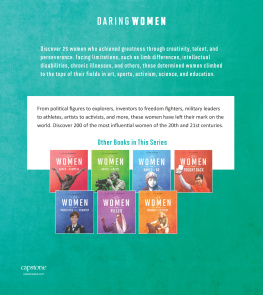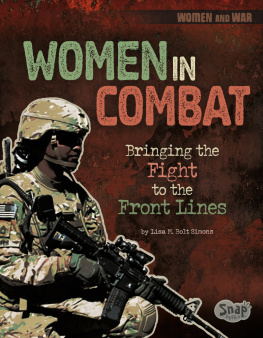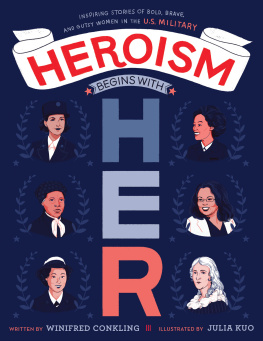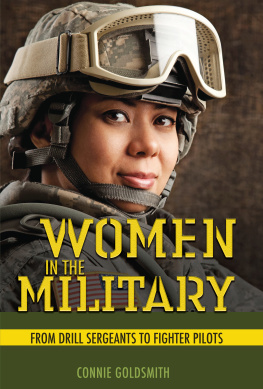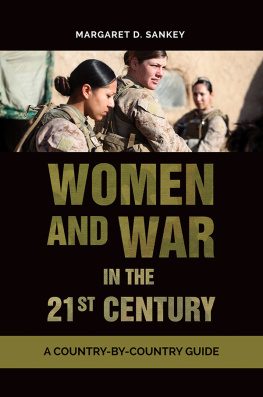Emma Bernay - 25 Women Who Protected Their Country
Here you can read online Emma Bernay - 25 Women Who Protected Their Country full text of the book (entire story) in english for free. Download pdf and epub, get meaning, cover and reviews about this ebook. year: 2020, publisher: Capstone, genre: Non-fiction. Description of the work, (preface) as well as reviews are available. Best literature library LitArk.com created for fans of good reading and offers a wide selection of genres:
Romance novel
Science fiction
Adventure
Detective
Science
History
Home and family
Prose
Art
Politics
Computer
Non-fiction
Religion
Business
Children
Humor
Choose a favorite category and find really read worthwhile books. Enjoy immersion in the world of imagination, feel the emotions of the characters or learn something new for yourself, make an fascinating discovery.
- Book:25 Women Who Protected Their Country
- Author:
- Publisher:Capstone
- Genre:
- Year:2020
- Rating:4 / 5
- Favourites:Add to favourites
- Your mark:
- 80
- 1
- 2
- 3
- 4
- 5
25 Women Who Protected Their Country: summary, description and annotation
We offer to read an annotation, description, summary or preface (depends on what the author of the book "25 Women Who Protected Their Country" wrote himself). If you haven't found the necessary information about the book — write in the comments, we will try to find it.
25 Women Who Protected Their Country — read online for free the complete book (whole text) full work
Below is the text of the book, divided by pages. System saving the place of the last page read, allows you to conveniently read the book "25 Women Who Protected Their Country" online for free, without having to search again every time where you left off. Put a bookmark, and you can go to the page where you finished reading at any time.
Font size:
Interval:
Bookmark:

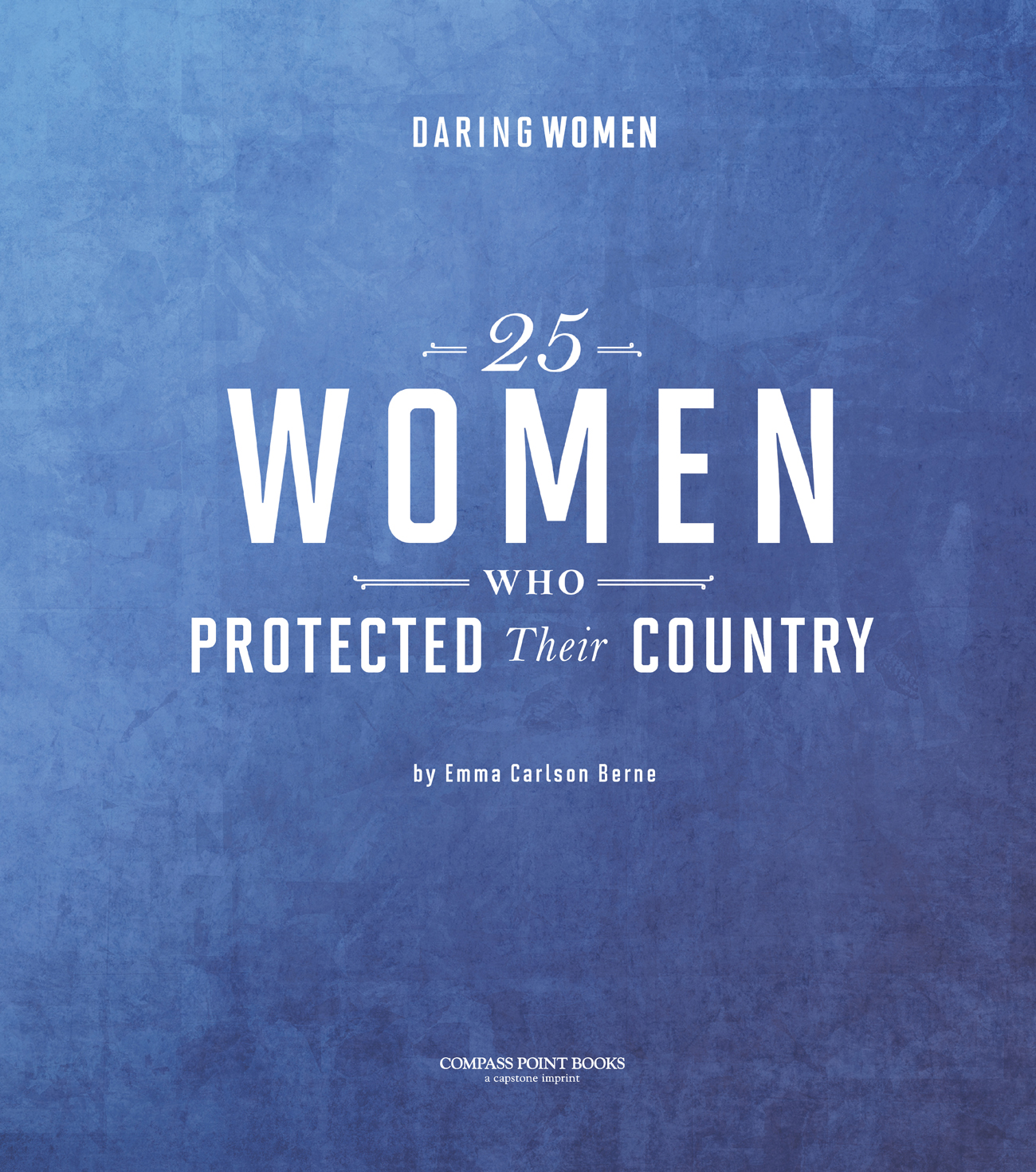
Wars require incredible bravery. Soldiers, civilians, correspondents, medics, doctors, and nurses must be prepared to see horrific sights. They may save lives, take lives, or risk their own. Though much of history has focused on mens roles in war, women have been a part of warfare for as long as it has existed.
Alongside their male counterpartsand sometimes forging aheadwomen have fired shots, flown fighter planes, phoned in news dispatches as bullets whizzed around them, and passed along critical, secret information. They have faced down prejudice and discrimination from those who believed women could not be calm, collected, and courageous under fire. Women who protect their country have been all of those things, proving their critics wrong.
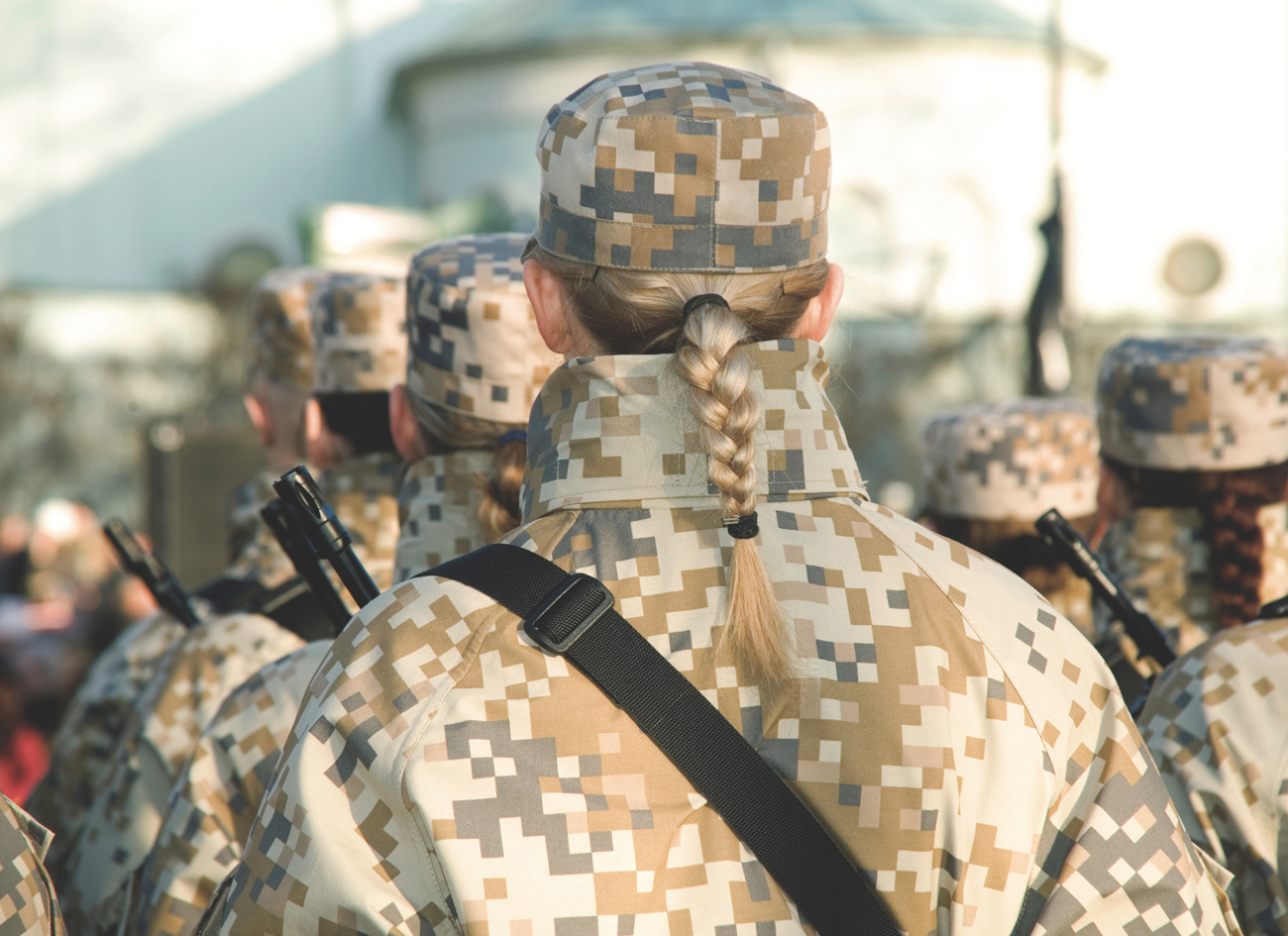
When the United States ended its draft in 1973, women represented just 2 percent of enlisted forces. By 2018 that number was 16 percent.
I have had the opportunity to witness women soldiers jump out of airplanes, hike 10 miles, lead men and women, even under the toughest circumstances. Thousands of women have been decorated for valor. Today, what was once a band of brothers has truly become a band of brothers and sisters.
Army General Ann E. Dunwoody, first female four-star general
In groundbreaking military hospitals, in helicopters, and in bullet-ridden roadside ditches, women doctors, nurses, and combat medics have saved the lives of their own soldiers, and often, of those on the enemy side. Theyve taught themselves new medical techniques under pressure and stayed focused on their jobs while bombs were exploding around them. Their first concern was always on the wounded people who needed their help.
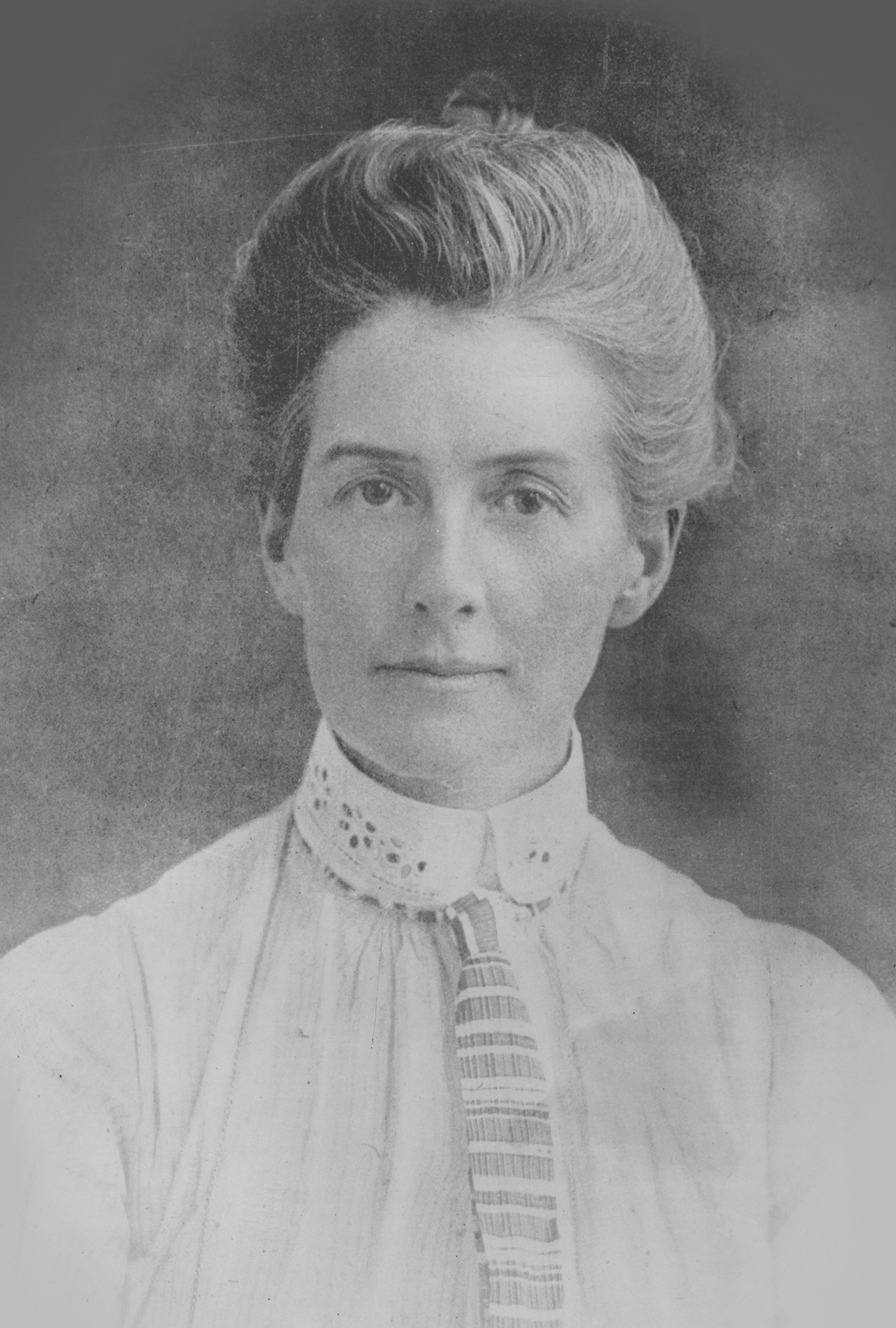
Edith Cavell, photographed shortly before her death
Born in 1865 in Norfolk, England, Cavell had a peaceful childhood with her sisters. She became a governess and later, after nursing her father through an illness, decided to become a nurse. This decision would lead her to save lives in more ways than one.
Cavell trained in England, then moved to Belgium to help found that countrys first nursing school and training hospital. When World War I (19141918) broke out, the nursing school became a Red Cross hospital, and Cavell helped the wounded soldiers there.
Belgium, a British ally, was under German occupation. But Cavell ordered her nurses to treat any soldier who came to the hospital, regardless of whose side they were on. In the fall of 1914, Cavell arranged for two wounded Allied soldiers at her hospital to be smuggled out to the neutral Netherlands, where they would be safe. From 1914 to 1915, Cavell smuggled out more than 200 Allied soldiers, using an tunnel.
Cavell often spoke out against the German occupation, and German authorities became suspicious of her. Despite the risk, Cavell refused to stop her underground smuggling. In summer 1915, a soldier who was collaborating with the Germans came through Cavells hospital and betrayed her. On August 5, 1915, she was arrested by the German police and placed in a solitary prison cell.
On October 12, 1915, Cavell was
The German authorities did not succeed in erasing what Cavell had done. Outrage over her death spread throughout the Allied countries, which considered her a . In 1919, after the war was over, Cavells body was brought back to England and a memorial service was held at Westminster Abbey. Thousands lined the streets in remembrance of her bravery.
Flora Murray was a Scottish physician, a Louisa Anderson, Murray cofounded the first World War Iera hospital staffed and run entirely by women.
Murray became a doctor during a time when female doctors were few and were trained only so that they could care for women and children. In 1912 Murray cofounded the Womens Hospital for Children in London. She was a suffragist and an active member of a womens rights group. She used her medical training to treat suffragists who had been force-fed during hunger strikes and those who had been injured during marches.
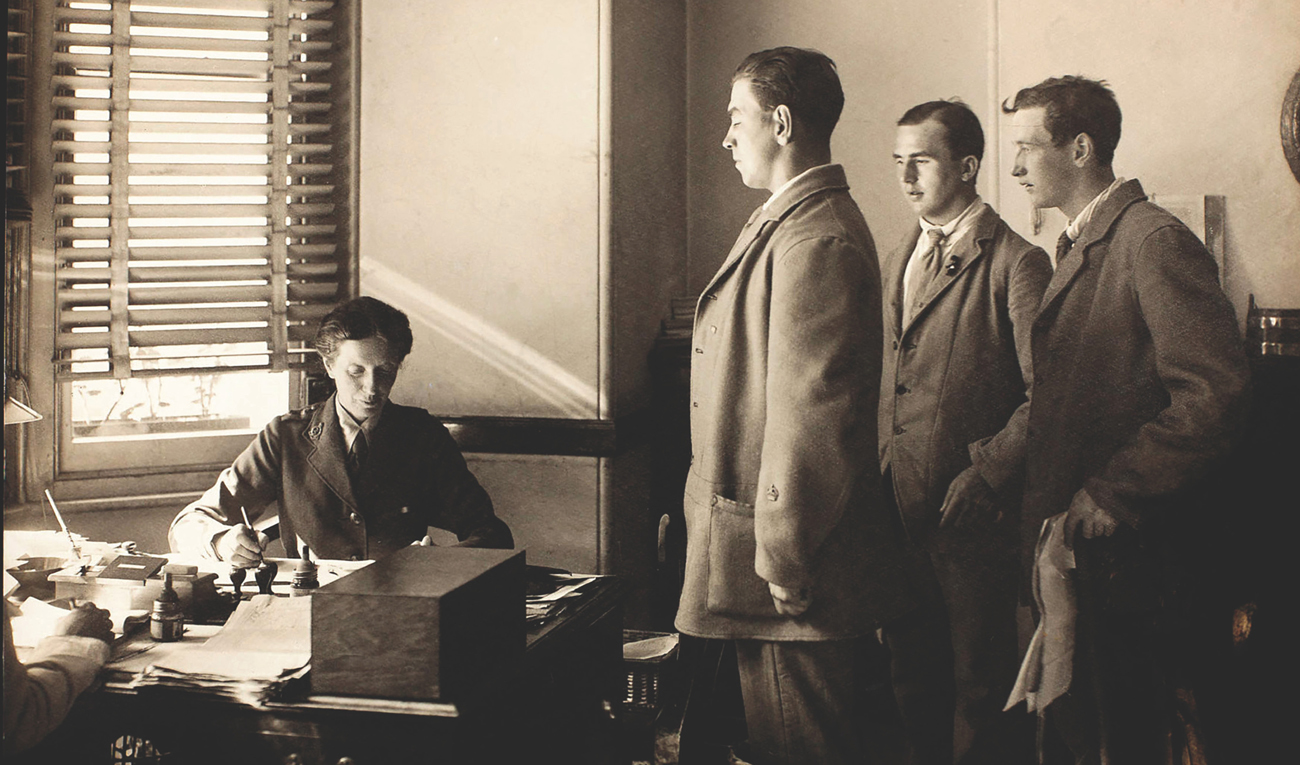
Dr. Flora Murray discharged patients at the Endell Street Military Hospital, 1915.
As World War I began, the British medical system became overwhelmed by the horrific wounds caused by machine gun and artillery fire. Undaunted, Murray and Anderson formed the Womens Hospital Corps, which was made up entirely of suffragists. They established two military hospitals in France and then set up the Endell Street Military Hospital in London, also run entirely by women. Before the war, people tended to be prejudiced against female doctors. They didnt think they had the same skills as men. But now that doctors were desperately needed, people were more willing to accept women as physicians.
Murray and the other female nurses and physicians had no training in treating the massive combat wounds that flooded their hospital. They plunged in anyway, learning surgical techniques on the job. They were so skillful that some men refused to leave the hospital when their discharge came.
Endell Street was the longest-operating military hospital of the war, and Murray worked there until it closed in 1919. She, Anderson, and their staff showed the world that women medical teams could do the same work as men, advancing the cause of female doctors everywhere.
Born in 1922, U.S. Navy flight nurse Jane Kendeigh was the first nurse to work on an active Pacific battlefield in World War II (19391945). On March 6, 1945, Kendeigh was on board a hospital transport plane as it approached the island of Iwo Jima in the Pacific Ocean. So many shells were being fired on the island that the explosions looked like Fourth of July fireworks. Kendeigh was only 22, and she was scared.
But once the plane landed, Kendeigh remembers that she was too busy to be frightened anymore. The wounded lay in rows near the runways, and Kendeigh evaluated each one. She supervised the loading of the wounded onto the transport plane for the eight-hour flight to Guam.
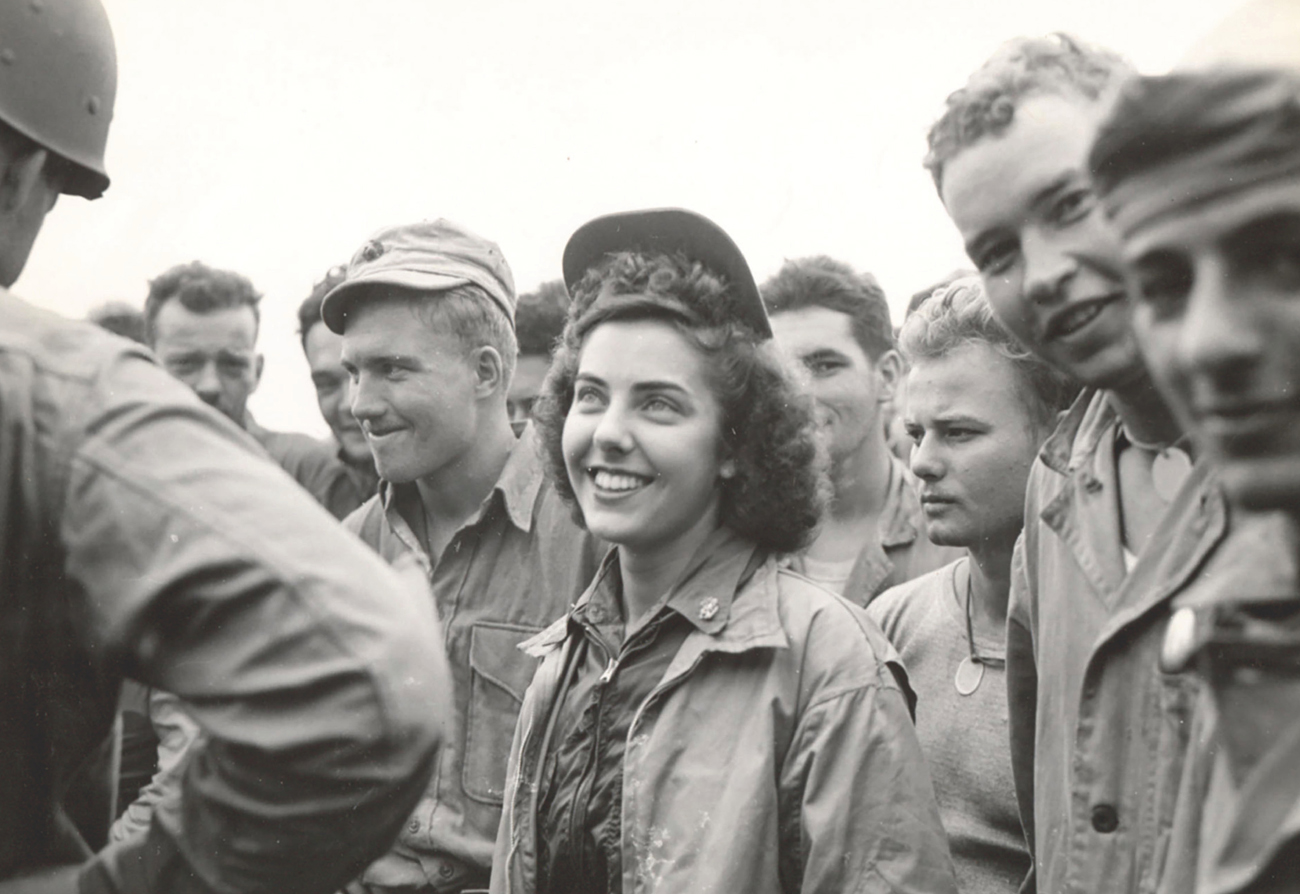
U.S. Navy flight nurse Jane Kendeigh, 1945
A journalist who was on the same flight as Kendeigh remembers watching her work nonstop, administering medicine, changing bandages, and, in one case, using a tube to feed a soldier who had been shot in the neck. Though busy with her medical tasks, Kendeigh still found time to visit with and reassure the soldiers.
Kendeigh made multiple successful evacuation flights during the war and prided herself on never losing a patient during a flight. Eventually, she and her fellow flight nurses helped safely move more than 2,000 wounded soldiers from the battlefield.
Kendeigh didnt want to stop. When the navy sent her to safety in the United States, she requested a transfer back to an active combat zonethis time on the island of Okinawa, Japan. On April 7, 1945, only six days after the United States had invaded Okinawa, Kendeigh was part of the first flight to land on the island. She had made history again.
Font size:
Interval:
Bookmark:
Similar books «25 Women Who Protected Their Country»
Look at similar books to 25 Women Who Protected Their Country. We have selected literature similar in name and meaning in the hope of providing readers with more options to find new, interesting, not yet read works.
Discussion, reviews of the book 25 Women Who Protected Their Country and just readers' own opinions. Leave your comments, write what you think about the work, its meaning or the main characters. Specify what exactly you liked and what you didn't like, and why you think so.


